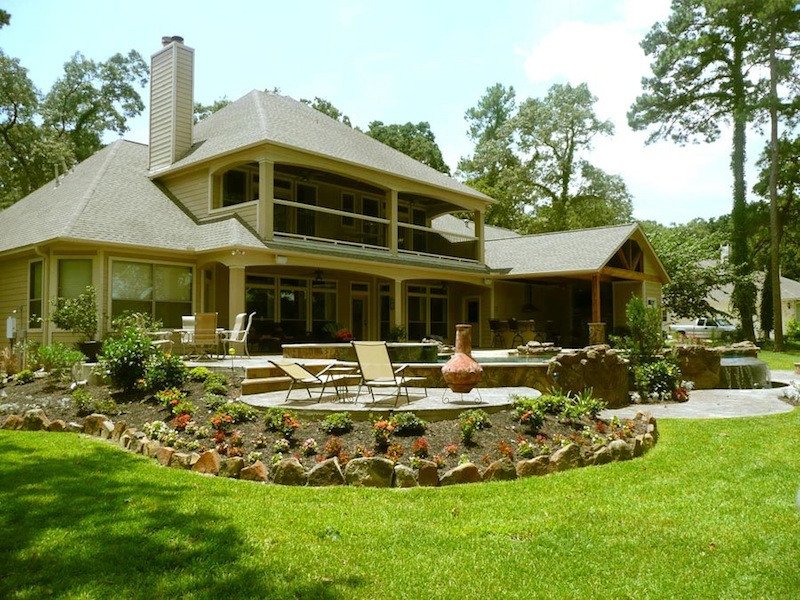Fix & Flips
Flipping refers to purchasing an asset with the intent of selling it for a quick profit rather than holding on for long-term appreciation. Flipping is used to describe short-term real estate transactions as well as the activities of some investors in initial public offerings (IPO). Although these are the most common uses in finance, flipping can be used to describe the purchase of any asset that is meant to be sold in the near term for a profit, including cars, cryptocurrencies, concert tickets and so on.
Flipping is most strongly associated with real estate, where it refers to a strategy of purchasing properties and selling them on a short time frame (generally less than a year) for a profit. In real estate, flipping usually falls into one of two types. The first type is where real estate investors target properties that are in a rapidly appreciating market and resell with little or no additional investment in the physical property. This is a play on the market conditions rather than the property itself. The second type is a quick fix flip where a real estate investor uses his knowledge of what buyers want to improve undervalued properties with renovations and/or cosmetic changes, known as a reno flip.

Buy & Hold
Buy and hold is a passive investment strategy for which an investor buys real estate and holds them for a long period regardless of fluctuations in the market. An investor who uses a buy-and-hold strategy actively selects real estate but has no concern for short-term price movements.
It is a well-known fact that buying and holding real estate is a recipe for amassing great wealth. Most “old money” in the U.S. and abroad was accumulated through land ownership. Despite periods of decreasing prices, land values have almost always rebounded in the long run because there is a limited supply of land.
Vacation Homes
Since mortgages generally aren’t available to U.S. buyers overseas – and most U.S. banks won’t lend for purchases abroad – what are some alternatives if you want to buy a home in a foreign country? Here are a couple of ways to finance your foreign real estate purchase.
Cash Option and Developer Financing. Contact us for more information.


Wholesale
Real estate wholesaling occurs when a party (the “wholeseller”) contracts with a home seller, markets the home to potential buyers, and then assigns the contract to one of them. The wholesaler makes a profit, which is the difference between the contracted price with the seller and the amount paid by the buyer. The goal in real estate wholesaling is to sell the home before the contract with the original homeowner closes.
The key to wholesaling is to add a contingency to the purchase contract that allows the wholesaler to back out of the deal if he is unable to find a buyer before the expected closing date. This limits the wholesaler’s risk.
It is similar to flipping, except that the time frame is much shorter and no repairs are made to the home. As the wholesaler never actually purchases a home, real estate wholesaling is much less risky than flipping, which can involve renovation costs and carrying costs. Real estate wholesaling also involves much less capital than flipping. Generally earnest money payments on a few properties is sufficient. Success depends on the wholesaler’s knowledge of the market and connection to investors for quick sales.
Commercial Real Estate Investments
Commercial real estate is one of the three main types of real estate, along with residential and industrial. As its name implies, commercial real estate is used in commerce (residential real estate is used for living purposes, while industrial real estate is used for the manufacture and production of goods). While some businesses own the buildings they occupy, the more typical scenario is that an investor owns the building and collects rent from each business that operates there. While residential real estate lease rates may be quoted in an annual sum or a monthly rent, commercial real estate is customarily quoted in annual rental dollars per square foot.
Commercial Real Estate Classifications
Commercial real estate is categorized into different classes. Office space, for example, is divided into one of three classes: class A, class B or class C.
Class A represents the best buildings in terms of aesthetics, age, quality of infrastructure and location.
Class B buildings are usually older and not as competitive price-wise as Class A buildings. These buildings are often targeted by investors for restoration.
Class C buildings are the oldest, usually over 20 years of age, located in less attractive areas and in need of maintenance.


